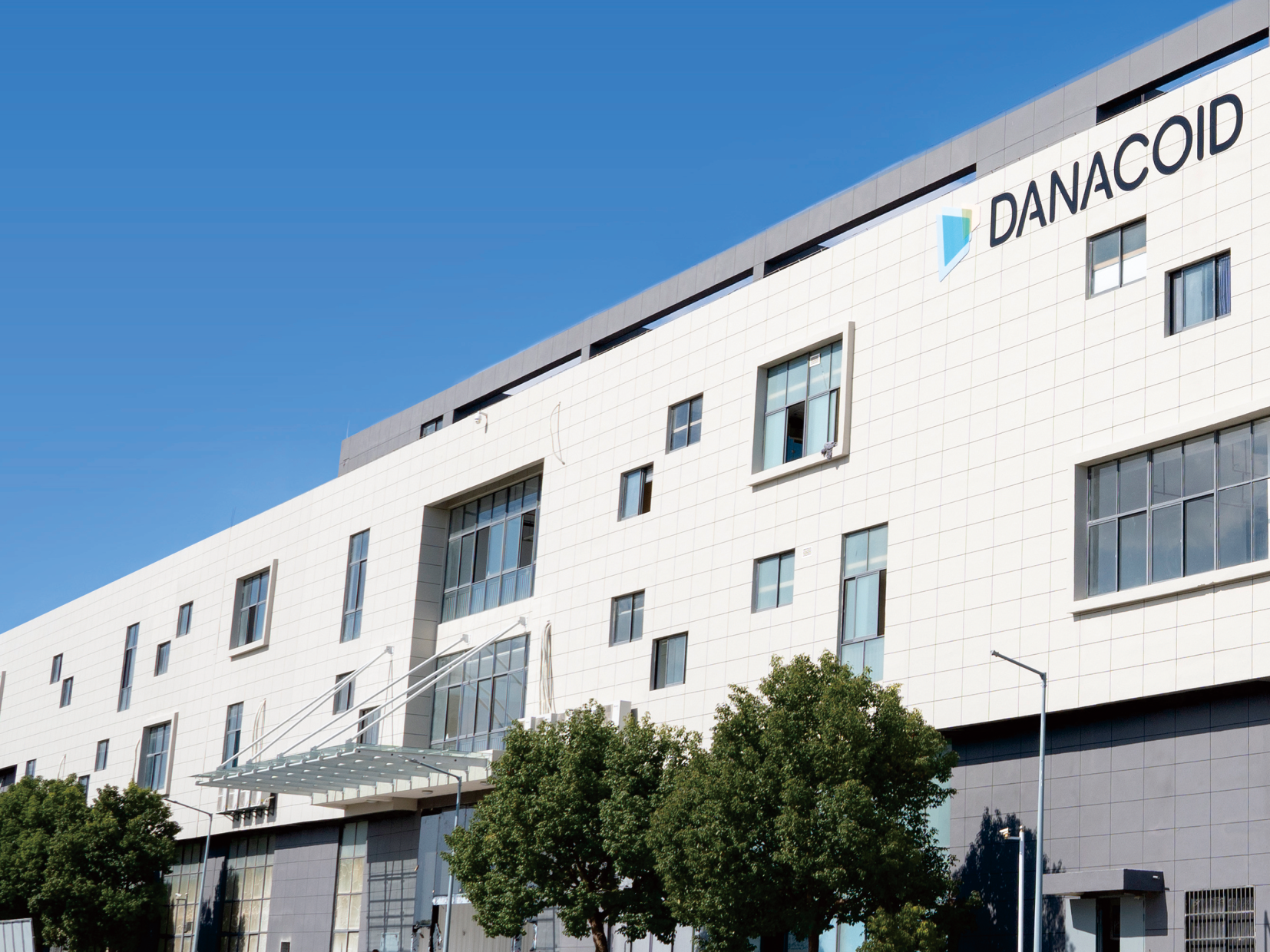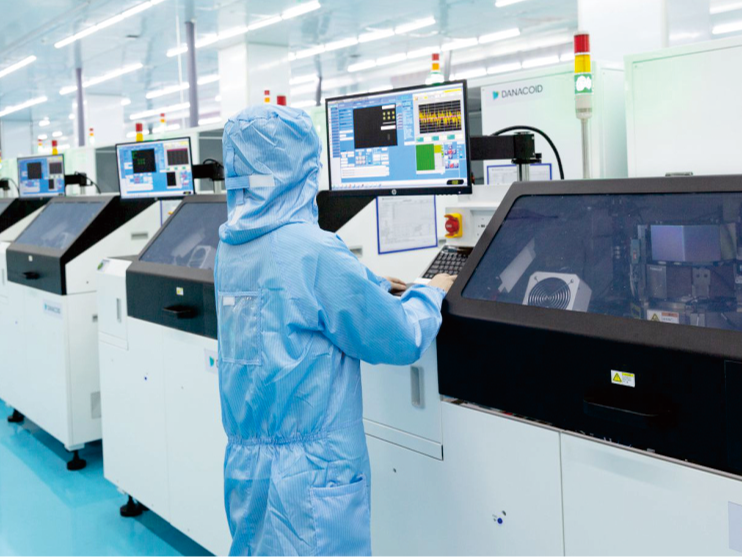electronic whiteboard for teaching
The electronic whiteboard for teaching represents a revolutionary advancement in educational technology, seamlessly combining traditional teaching methods with digital innovation. This interactive display solution features a large touch-sensitive screen that responds to both finger touch and specialized stylus input, enabling educators to write, draw, and manipulate content with precision and ease. The board connects to computers and mobile devices, allowing teachers to display and interact with various digital content, including presentations, videos, and educational software. Advanced features include multi-touch capability supporting simultaneous user interaction, screen recording functionality for lesson capture, and wireless connectivity for seamless content sharing. The system includes built-in speakers and high-definition display technology, ensuring clear visibility from all classroom angles. Software integration capabilities allow teachers to access educational resources, save lessons, and share content digitally with students. The board supports multiple file formats and includes annotation tools, enabling teachers to emphasize key points and add context to educational materials in real-time. With palm rejection technology and gesture recognition, the writing experience feels natural and intuitive, closely mimicking traditional whiteboard use while offering enhanced digital capabilities.


















